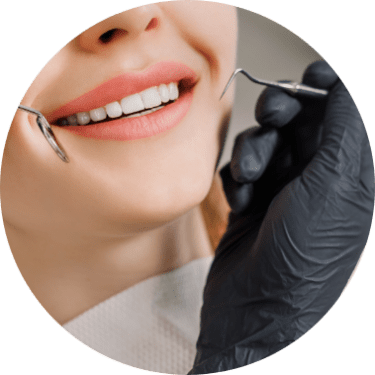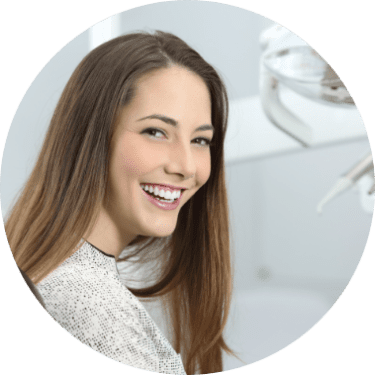Dentures can help with:
Chewing ability will be improved
Aesthetics, because the presence of teeth gives a natural appearance to the face, and wearing a denture to replace missing teeth provides support for the lips and cheeks and corrects the collapsed appearance that results from the loss of teeth
Pronunciation, because replacing missing teeth, especially the anterior. Enables patients to speak better. There is especially improvement in pronouncing words containing sibilants or fricatives
Self-esteem, improved looks, and speech boost confidence in the ability to interact socially.
Types of dentures
Removable partial dentures
Removable partial dentures – are for patients who are missing some of their teeth on a particular arch.
Fixed partial dentures also known as “crown and bridge” dentures, are made from crowns that are fitted on the remaining teeth. Fixed bridges are more expensive than removable appliances but are more stable.
Another option in this category is the flexible partial, which takes advantage of innovations in digital technology.
Flexible partial fabrication involves only non-invasive procedures. Dentures can be difficult to clean and can affect oral hygiene.
Complete dentures
Complete dentures – are worn by patients who are missing all of the teeth in a single arch. The full denture is removable because it is held in place by suction. They are painful at first and can take some time to get used to. There are two types of full dentures: immediate dentures and conventional dentures.
Copy dentures
Can be made for either partial, but mainly complete denture patients. These dentures require fewer visits to make and usually, are made for older patients, patients who would have difficulty adjusting to new dentures, would like a spare pair of dentures, or like the aesthetics of their dentures already. This requires taking an impression of the patient’s current dentures and remaking them.


